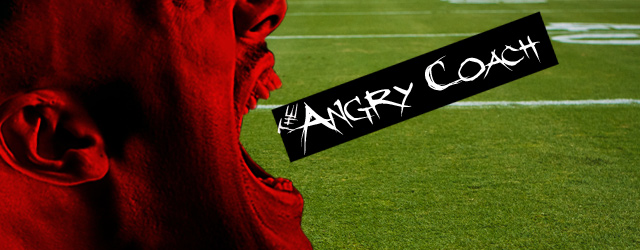
elitefts™ Sunday Edition
Elitefts™ receives a ton of article submissions every single day. Some are well-written and ready to publish with very little work that needs to be done on the editing side, while others will never see the light of day, for a variety of reasons.
Here’s a very easy-to-follow template for a basic training, nutrition, or motivational article. If you have a great idea, but you’re not sure how to structure your piece, this template will help you organize your thoughts in a way that will push your article to the top of the submissions pile.
1. Introduction. Start with a good lead sentence that gets the reader’s attention, then use four or five sentences in the first paragraph to explain the meaning of your lead sentence. Then, take the second paragraph of your introduction to explain more literally what we’re going to get from this article. In other words, if you’re starting us out with a story, do that in the first paragraph, then take the second paragraph to explain why you just told this story.
2. Supporting Material. If this is a training or nutrition article where you need to explain the science behind your methodology, these paragraphs are the place to do it. Take as many words as you need to and explain why you’re telling the reader to do whatever it is you’re telling him/her to do. If you’re referencing studies or making scientific claims, it’s always good to include citations.
3. Implementation. This is where you tell us what to do. You’ve introduced your topic, and you’ve explained why you’re writing this article and why your shit works. The idea here, then, is to tell the reader what to do. If this is a training article, describe what he or she needs to do in the weight room. If it’s a nutrition article, use your words and tell us what we need to eat, and when.
4. Charts/Graphs/Menus. Before you post workout charts, menus, or anything else, you have to set the stage with your words. Once you’ve done so, now you can drill down even further by diagramming exactly what you want the reader to do. That happens here.
5. Personal Notes. At this point, you’ve given us all the relevant information you’re going to give. You’ve introduced us to your topic, you’ve explained the science behind it, you’ve told us what to do, and you’ve given us an organized list, chart, or diagram that makes things simple. This final section is where you show off your expertise by giving us your own personal “tips and tricks” for making your plan as effective as possible. In other words, if you’re telling us to stand on a Bosu ball and whistle Dixie, this is where you tell us how you whistle it personally, because you’ve been doing this for years and you’ve perfected the process.
More complex articles require more steps—and different steps—but if you start with this basic template and base your article order this way, filling in the gaps with your information, you can very effectively grow your writing from there.










